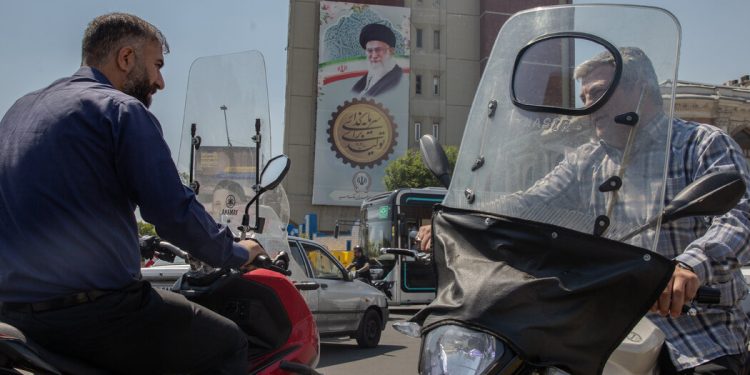Iran has roughly doubled its stock of uranium near the bombs in the last three months, even during the negotiation with the Trump administration about a agreement to limit its nuclear program, according to a confidential report according to which the United Nations nuclear inspection agency began to circulate in capitals of the world.
This increase gives Tehran the ability to produce quality fuel bombardes for around 10 weapons, against around five or six when President Trump was inaugurated in January. But the push also exerts new pressure on Washington in its negotiations, in which it requires that Iran will cease all the production of nuclear materials.
Trump predicted last weekend that there could be an agreement with Iran in a few days. It did not happen, but on Friday, he expressed his optimism that it would come soon.
A pair of reports from the International Atomic Energy Agency, obtained by the New York Times, represent an Iranian regime which has decided to advance its production, probably to obtain a lever effect in the negotiations led by Steve Witkoff, the sending of Mr. Trump for the Middle East. He started negotiations with the Iranian Foreign Minister, Abbas Araghchi, in early April.
The director general of the IAEA, Rafael M. Grossi, said that the report indicated that “we must reach a diplomatic resolution, as part of a very robust IAEA inspection system”. In recent years, Iran has disabled many cameras and sensors of the agency on key sites, but has enabled inspectors to come to the country and measure its growing uranium stocks.
In one of the reports – a quarterly assessment of nuclear production and Iran’s stocks – M. Grossi wrote that “significantly increased production and accumulation of Uranium highly enriched by Iran, the only non -nuclear state to produce such nuclear materials, is very worrying.”


